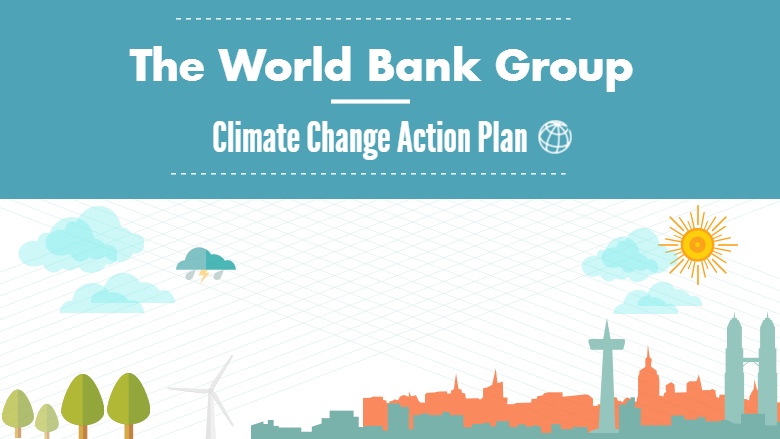For the longest possible time now, one’s mostly heard a rather one-sided narrative about the World Bank. Now, this narrative, of late, has only pertained to the real crisis of our times: Climate Change.
That not enough is being done to fight climate change on the part of the World Bank has been the leading discourse of our times. But is that entirely true?
How well has the World Bank been actually trying to fund programs, augment schemes, push for strategies, and implement new ones to fight the global menace we don’t really know and there may not be a consensus in this regard.
Having said that, there’s been an interesting new development that concerns the World Bank and its latest course of action in the realm of climate change.
And this is perhaps something we all need to know of before we take out our knives for slander.
Apparently, as confirmed news has it, the World Bank has doubled its funding to fight climate change. At this point in time, reports point to what could be called the most valuable investment made toward the sphere of fighting climate change. There’s honestly no other way of putting this mega-development.
From the onset of 2021 to 2025, a whopping sum of $200 billion has been dedicated toward battling climate change from the stable of the World Bank, that has also added a string of other ongoing initiatives.
In what’s been a clear doubling of its current five-year plans regarding battling the same, the World Bank has also declared that its ambitious move coincides with a UN Climate Summit meeting of some 200 nations in Poland is clearly intended to encourage the entire plane to come together to ramp up the efforts in fighting a disorder that’s threatened the equilibrium of the planet.
Now, having said that, an important question arises. What is to happen to the funding of this mega financial pump? Where is the funding going to be generated from and what is the kind of agencies that could be expected to play their part?

While a straight up 100 billion dollar figure toward this behemoth figure will be generated directly from the World Bank itself, it’s also been shared that the remainder of the funding will be directed from the following:
Around a third of the funding will stem from two World Bank agencies
The rest of the private capital will be ‘mobilized’ by the World Bank Group. All that told, the main man of action in-charge with programs and initiatives to battle Climate Change at the World Bank, Mr. John Roome, has shared the following in terms of the ongoing development:
“If we don’t reduce emissions and build adaptation now, we’ll have 100 million more people living in poverty by 2030.”
As it is, the planet has already seen millions around the world struggling to cope with massively changing weather.
To that regard, some simple executable strategies direct businesses, firms, companies; corporates and other establishments to reduce the greenhouse gas emissions. This is possible by developing and progressing the already developed renewable energy strategies.
NDTV.com also elaborated on the ongoing initiative via a useful statistical breakdown of the World Bank’s plans:
The bank’s financing package amounts to “about 40 billion a year, but the direct (finance) is 27 billion per year on average,” Roome said.
He added that in the 2018 fiscal year, running from July 2017 to June this year, the World Bank had committed $20.5 billion to climate action, compared with an annual average of $13.5 billion for the 2014-2018 period.
In additon, the media outlet also shared something interesting. Mr. Roome said the money now being earmarked amounted to “about 35 percent” of the World Bank Group’s total financing.


